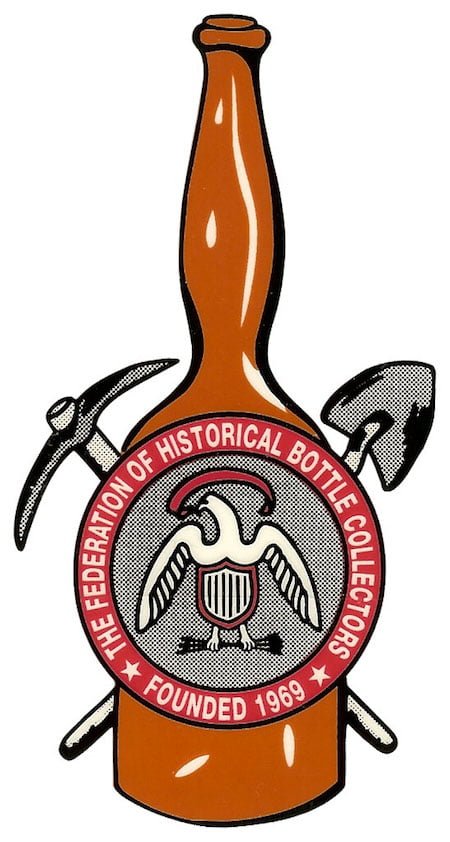The Smithsonian’s National Museum of American History is displaying a firefighting-themed quilt made in 1853 in South Reading, Mass. in museum’s Artifact Walls. The quilt will be exhibited until approximately the end of the year.
The quilt is composed of thirty 15-1/2-inch blocks and measures 93 inches by 78 inches. On one block near the center, a floral wreath cut from printed cotton chintz surrounds an inked inscription, “Ladies Donation to the Fireman’s Fair/Yale Engine Co. No. 1/South Reading/July 1853,” evidence that the quilt was made to be sold or raffled for the benefit of the town’s firefighting company.
Each of the quilt’s 29 additional blocks are either appliquéd, pieced or embroidered and all are joined together in a quilt-as-you-go method. Twenty-five blocks have appliquéd geometric designs cut from a predominately red roller-printed cotton and another is pieced in a traditional star pattern. An American-flag block adds an element of patriotism. The remaining two blocks offer a further glimpse into the community’s pride in its firefighting preparedness. One is embroidered with a ladder, hook, hose, the date and the inscription “Yale Engine Company No. 1/South Reading.” The other bears an appliquéd and embroidered fire engine marked “Yale 1.”
The fire engine depicted in the center of the quilt was named “Yale 1” in recognition of Burrage Yale, a well-known tin manufacturer in South Reading who provided the funds that made the purchase of the engine possible. Known for his thriving business and strong character, Yale’s contributions to his community were recognized by naming not only the engine and the firehouse after him, but also an avenue in the town.
“The 1853 quilt from South Reading, Mass. is an excellent example of Americans coming together as a community,” said Brent D. Glass, director of the museum. “The intricate details of the quilt stand as a testament of a group effort among family, friends and neighbors to provide for their town.”
The Artifact Walls are an integral addition to the museum’s first and second floors, installed during the recent two-year renovation. The goal is to establish a signature space that conveys to visitors the depth and breadth of the museum’s permanent collections and helps them understand America’s rich and diverse history.
The National Quilt Collection is part of the Division of Home and Community Life textile collection within the museum. First established in the 1890s, the collection now houses more than 500 quilts and quilt-related items. The majority of the objects in the National Quilt Collection are of American origin, with examples from many states, including Alaska and Hawaii.



